Description
Okay, here’s an article based on the phrase “Sodium Mercaptoacetate ≥ 20%” focusing on potential uses and considerations:
Sodium Mercaptoacetate ≥ 20%: Understanding Its Significance and Potential Applications
The chemical compound sodium mercaptoacetate, often abbreviated as SMA, is a fascinating substance with a range of potential applications due to its unique properties. When we encounter it in a formulation with the designation “Sodium Mercaptoacetate ≥ 20%”, it indicates that the concentration of this active ingredient is at least 20% of the total mixture. This concentration is significant, and understanding its implications is key to utilizing SMA effectively.
What is Sodium Mercaptoacetate?
Sodium mercaptoacetate is a salt derived from mercaptoacetic acid (also known as thioglycolic acid). It possesses a sulfur-containing thiol group (-SH) and a carboxyl group (-COOH). This dual functionality makes it a highly reactive compound capable of participating in various chemical reactions.
Why a 20% Concentration or Higher Matters
The concentration of sodium mercaptoacetate in a formulation directly influences its potency and effectiveness. A concentration of 20% or higher suggests that the material is intended to be used where its unique reactivity is desired. Substantially lower concentrations may not yield the same results or might require longer application times.
Key Applications and Considerations:
Here’s a breakdown of where sodium mercaptoacetate ≥ 20% might be commonly employed:
Hair Removal (Depilatories): This is perhaps the most well-known application of SMA. The thiol group in SMA breaks down the disulfide bonds in keratin, the protein that makes up hair. A concentration of 20% or higher is typical in depilatory creams and lotions, where a fast and effective hair removal action is desired.
Considerations: The strength of SMA means it needs to be handled carefully. It can irritate the skin if left on for too long or if used on sensitive areas. Proper formulation and adherence to instructions are critical to minimize adverse effects.
Chemical Reduction & Metal Complexation: The thiol group in SMA acts as a reducing agent, meaning it can donate electrons in chemical reactions. This property makes it useful in certain industrial and laboratory settings for reducing metal ions and forming complexes with them.
Considerations: Its reducing nature means SMA is also susceptible to oxidation; the presence of oxygen can degrade it. Proper storage is crucial to maintain its effectiveness.
Industrial Cleaning: SMA can be incorporated into cleaning formulations to help remove metal oxides and rust due to its ability to complex with metals.
Considerations: The high concentration requires careful formulation and dilution to avoid damage to the equipment or surfaces being cleaned.
Pharmaceutical Applications (Emerging): Research is ongoing to explore the potential therapeutic roles of SMA. It may have implications in drug delivery systems and other areas.
Considerations: At present, SMA is not widely used in pharmaceuticals; any application would be subject to rigorous safety testing and regulatory approval.
Safety Precautions & Handling:
Regardless of the application, the following safety precautions are vital when working with sodium mercaptoacetate, particularly at 20% concentration or higher:
Skin Contact: Avoid direct contact with skin. Use gloves and appropriate protective clothing. Prolonged contact can cause irritation, chemical burns, and/or allergic reactions.
Eye Contact: Avoid contact with eyes. If contact occurs, flush thoroughly with water and seek medical attention.
Inhalation: Avoid inhaling the vapors or dust. Use adequate ventilation or a respirator when working with powdered or concentrated forms.
Ingestion: Do not ingest. Seek medical attention immediately if accidental ingestion occurs.
Storage: Store in a cool, dry, and well-ventilated area away from incompatible materials.
Conclusion:
Sodium mercaptoacetate at a concentration of 20% or higher is a powerful chemical with a range of applications, primarily in hair removal and other industrial processes. Its reactivity, derived from the thiol group, makes it effective but also requires careful handling and adherence to safety precautions. Understanding its properties and limitations is crucial for its effective and safe usage. As research progresses, we may see even more innovative applications of this useful compound. Always consult the Safety Data Sheet (SDS) for the specific product you are using, and when in doubt, consult a qualified professional.


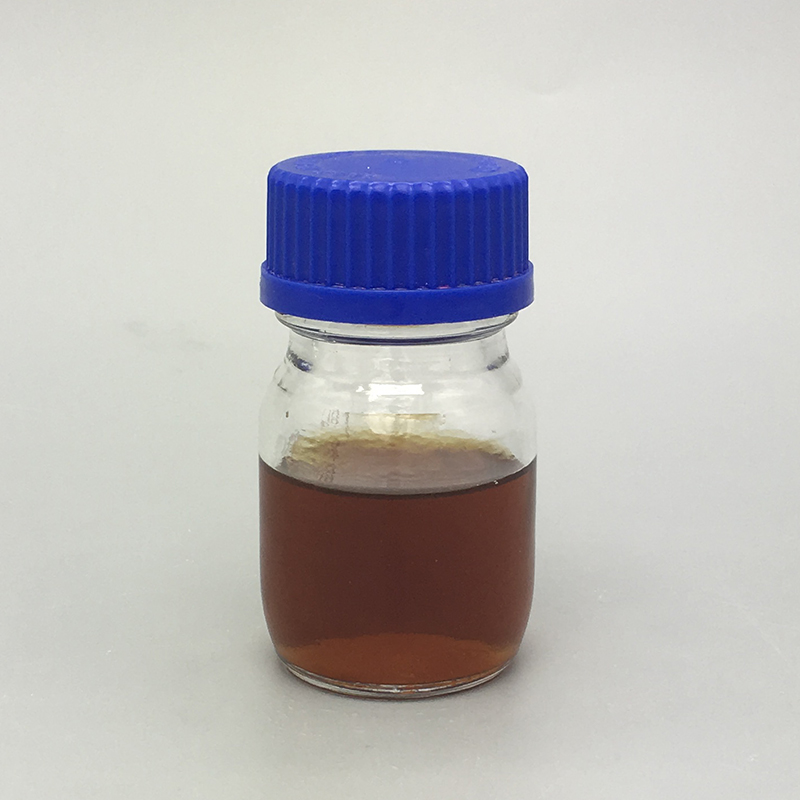
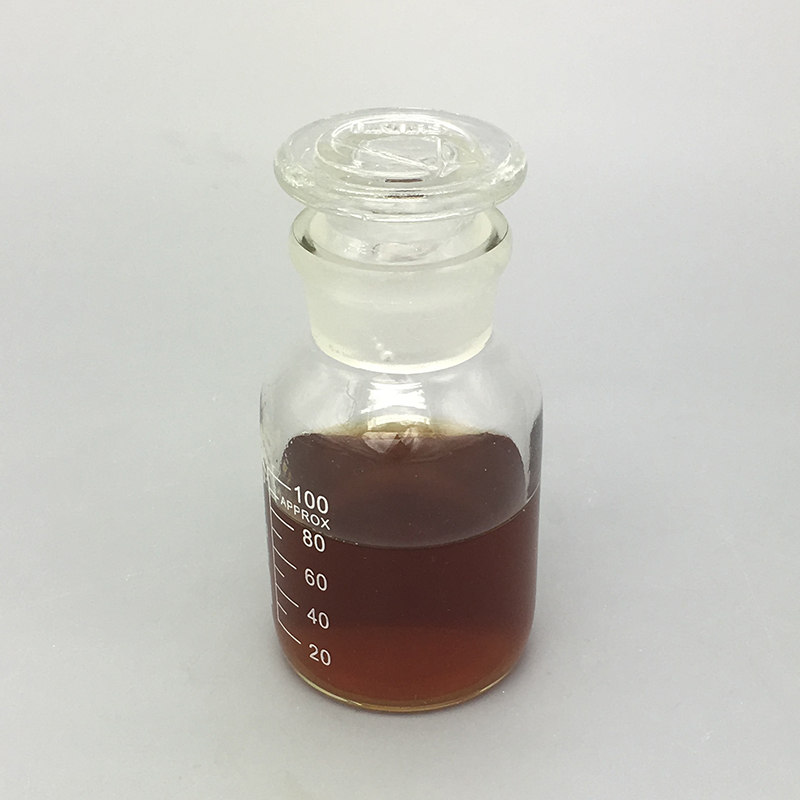
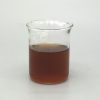
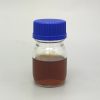

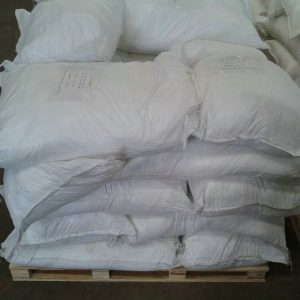

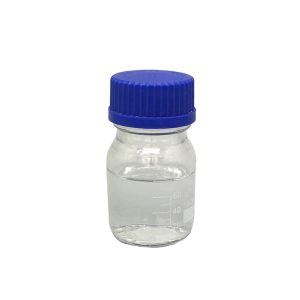
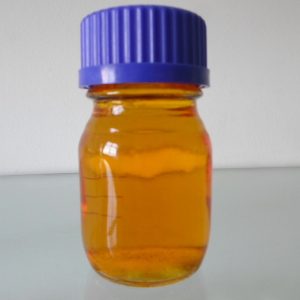

Reviews
There are no reviews yet.